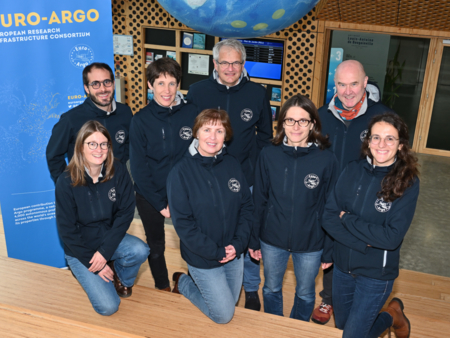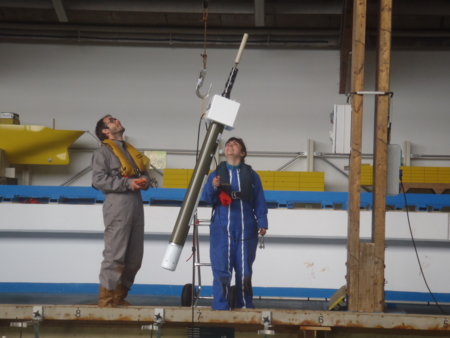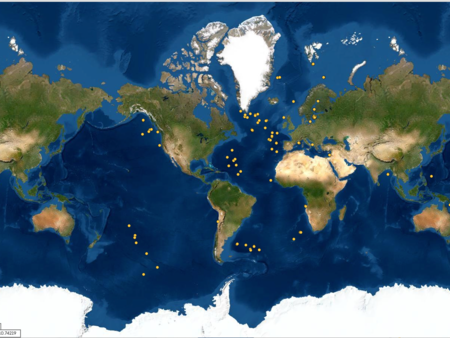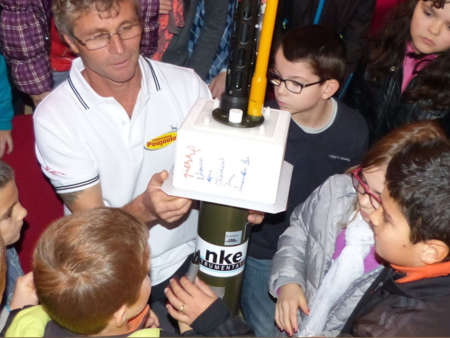Investigating the potential of profiling floats in shelf areas: example of the work carried out in the Mediterranean Sea
Associated to the evolutions of Argo network since more than a decade, the Laboratoire d’Océanographie de Villefranche has set up and tested biogeochemical floats in the Ligurian Sea, a deep basin of the northwestern Mediterranean bordered by a steep continental shelf. There, the embedding large-scale circulation is dominated by a cyclonic flow parallel to the coasts. This geostrophic current enters from the north-west of Corsica, flows around the high densities of the central basin which form a dome, and exits towards the south-west along the Provençal coast. Thanks to these characteristics, the Ligurian Sea is a relevant place to investigate the potential of profiling floats in shelf areas, in the aim to close the gap between open-ocean and shallow waters. The observation fixed observatory Dyfamed (MOOSE/ILICO, EMSO ERIC), visited monthly since 1991, is another asset of this place, as it provides field logistics and reference time series of essential oceanic variables (ship visits sampling and autonomous standalone mooring).
The ultimate deployment (WMO 6902899) occurred in the frame of the Euro-Argo RISE project (WP6 Extension to Marginal Seas, task 6.1 dedicated to Mediterranean Sea) on December 11th 2019, at the Dyfamed site from the R/V Tethys-2.
This biogeochemical float is programmed to drift at a parking depth of 1000m and to profile every 3 days. It crossed 140km in the sector south-south west at an average speed of 3km/day and collected hydrological and optical seawater properties on 17 profiles.
The trajectory of this recently released biogeochemical float will be analyzed together with the historical dataset of more than 20 deployments in the Ligurian Sea, in the aim to determine the cycling parameters (parking depth, profiling frequency) that optimize the sampling efficiency of the large-scale circulation. The results will be checked against the monitoring tools developed in the WP2 (Improvement of the core Argo mission, task 2.3 on improving Argo observation of boundary current regions). Conclusions should provide new insights on the use of Argo floats to monitor boundary regions, where strong currents avoid floats to operate in optimal conditions.
Field operations in the Ligurian Sea will follow on this year, with the recovery of this float in May/June 2020 during the cruise MOOSE-GE and its redeployment at the Dyfamed site in autumn. Such sequences of deployments and recoveries give access to technical parameters that control float life expectancy, and provide metrological verification of the sensors (in particular, the evolution of their accuracy). By sticking close to the biogeochemical Argo best practices, the potential of maintaining an Argo component among the MOOSE and EMSO observing systems will be assessed, in complement to other platforms such as gliders or instrumented deep moorings.
Contact: Vincent Taillandier, Laboratoire d’Océanographie de Villefranche, Sorbonne Universités / CNRS







